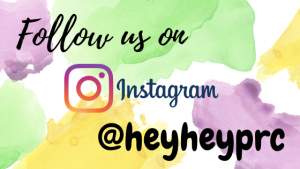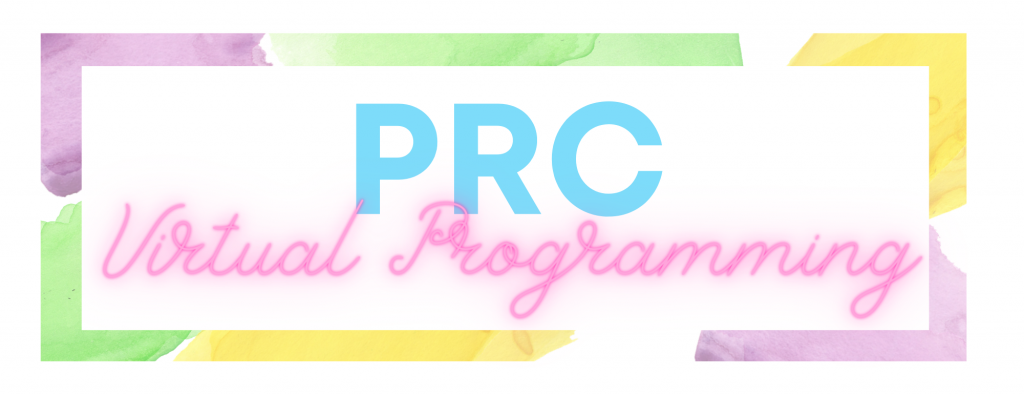We know that you know how to plan and run a traditional program – well, virtual programming is no different!
We’re going to challenge you to not think about physical distancing and the increasing need to do things virtually as a barrier. Instead, we believe that the emphasis on virtual community building poses a unique opportunity to engage with more residents.
Virtual programming can be the solution to reducing barriers in engaging with students who, in the past, weren’t able to make it out to our programs because of timing or location constraints – or they were too anxious to attend! From a residents’ perspective, a virtual program can be accessible, inclusive and meet them where they’re at – literally.
On this page, we wanted to focus on creating programs virtually. We’ve identified a couple of categories of ways to educate your students and build community while maintaining physical distance. You may choose to plan programs that incorporate one or multiple categories below.
Virtual Active Programs
A virtual active program is a regular program, but online! We suggest using platforms such as Zoom, Skype, Google Hangouts or Facetime. You can run live tutorials, fitness sessions, dinner parties or weekly hangouts. You can find a list of ideas here. There is also a list of links here.
We suggest continuing to advertise for these programs by:
- Including physical posters on your floor
- Sliding flyers under your residents’ door
- Through your monthly emails
- Posting your posters on social media accounts
An example of a virtual active program might be connecting with a yoga instructor to do a live zoom yoga session with your residents.
Virtual Passive Programs
These are programs that you have created where:
- A student interacts with online
- A student can participate at any time (it’s not live)
These programs can educate students, inspire them or be informative.
They might include things such as:
- Tutorial videos
- Contests
- Challenges
- Interactive bulletin board
An example of a virtual passive program might be a baking contest where your residents enter by submitting photos of their baked goods by a deadline on your Facebook group and others can participate by voting on their favourite.
Physical Passives and Bulletin Boards
These are traditional passives and bulletin boards. They are meant to engage students, inform them on a topic and introduce them to new information or perspectives. They can be hand made (using construction paper, glue and scissors) or printed on our banner printer, or feature a combination of both!
You may choose to make a virtual version of these physical passives by putting them on social media, or featuring them in your monthly emails or blog posts. You might make them interactive by:
- Including voice/ audio recordings
- Including gifs or memes
- Including a video
If you’re looking for some ideas, check out our passive programming bank.
Delivery to Doors
You can build community and engage with your students by dropping off a care package to them or deliver an item to their door. This is best done in tandem with one of the 3 categories above.
For example, you could:
- Print small versions of flyers and program posters and slide them under your residents’ doors
- Print handout versions of your physical passives and bulletins
- Deliver ingredients (or a recipe) to your residents as part of an active program (for baking)
- Deliver craft supplies to your residents as part of an origami program over zoom
We’re always looking for more suggestions and ideas. Feel free to let us know if you have one you’d like us to share!

